Pedro Benedetti wrote ‘Beyond Aristocratic Strategies: Popular and Subaltern Experiences in Sidonius’ Letters (430-486 AD)’, Alethéia vol. 1 issue 2 (2022) 69-82 [published in 2024].
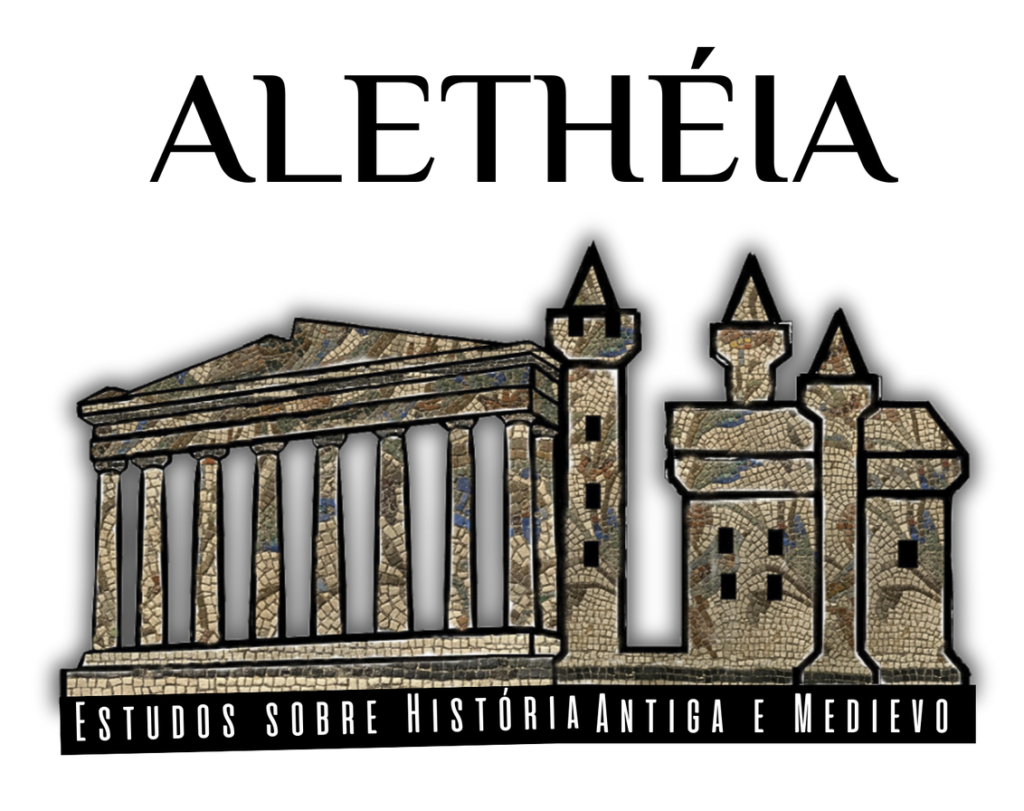

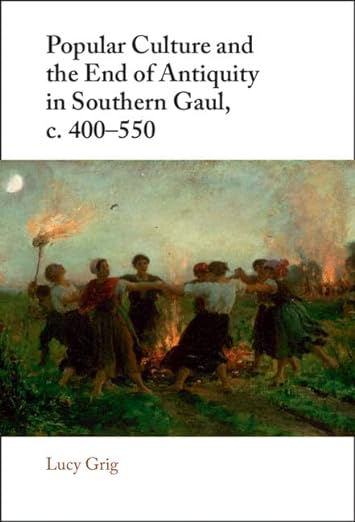
Pedro Benedetti interviews Lucy Grig about her book Popular Culture and the End of Antiquity in Southern Gaul. Watch the interview here
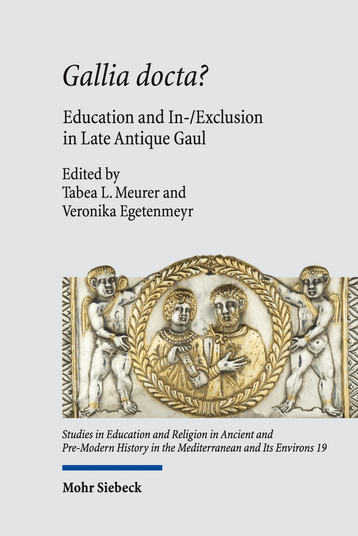
Carlo Ferrari reviews Tabea L. Meurer & Veronika Egetenmeyr (eds): Gallia docta? Education and In-/Exclusion in Late Antique Gaul, in Sehepunkte 24 (2024) no. 7, 8.’
‘Ten years after the release of Steffen Diefenbach and Gernot Michael Müller’s pivotal work, Gallien in Spätantike und Frühmittelalter, this new volume serves as an important resource for expanding our understanding of a region central to the cultural history of the late Roman Empire and early Middle Ages. While much of the volume understandably focuses on Sidonius’ literary production, it successfully offers a highly original and comprehensive view of Gallic society during a time of significant transformation, highlighting the strategies of inclusion and exclusion prompted by the emergence of new communities and the spread of Christianity, and going beyond the traditional barbarian/Roman and pagan/Christian dichotomies.
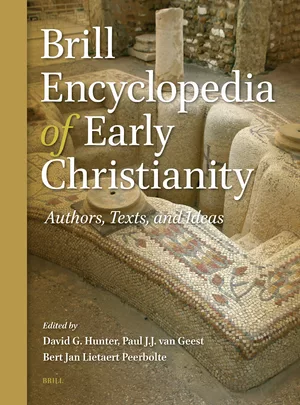
The print edition of The Brill Encyclopedia of Early Christianity, edited by David G. Hunter, Paul van Geest and Bert Jan Lietaert Peerbolte, is being published in six volumes during July and August.
Ralph Mathisen wrote the entry Sidonius Apollinaris.
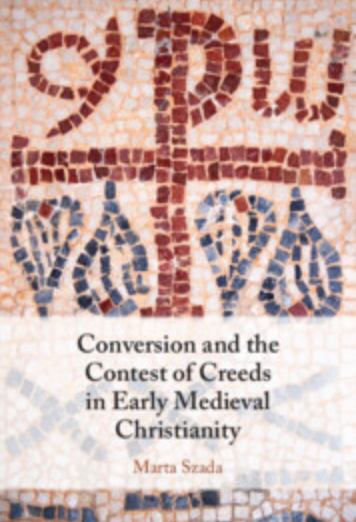
Marta Szada’s book Conversion and the Contest of Creeds in Early Medieval Christianity (Cambridge, 2024) contains a chapter on ‘The Religious Controversies in Gaul and Hispania before the Goths’ (pp. 169-87).
This chapter analyses how the re-emergence of Homoianism among the Visigoths, Vandals, and Suevi was interpreted in the Nicene church in Gaul and Spain and what this reception reveals about Nicene–Homoian relations in the region in the fifth century. It also examines the evidence for the development of the Homoian Church and the increase in the number of Homoians.
Tags include Sidonius Apollinaris.
Link to the item in CUP’s catalogue.

Florica Bohîlţea-Mihuţ, ‘Classical Authors in Sidonius Apollinaris’ Letters’, Classica et Christiana 19 (2024) 389-99.
Open Access: issue online
Contrary to what the title suggests, this article discusses the use of colour in Sidonius.
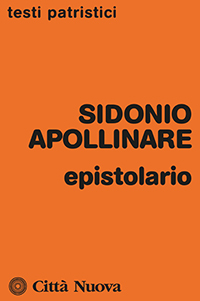
Nelu Zugravu reviews Patrizia Mascoli’s 2021 translation of the correspondence in Studii Clasice 51-52 (2022-2023) 298-301.
‘Un’edizione … meritoria e di reale importanza per la cultura italiana e universale.’
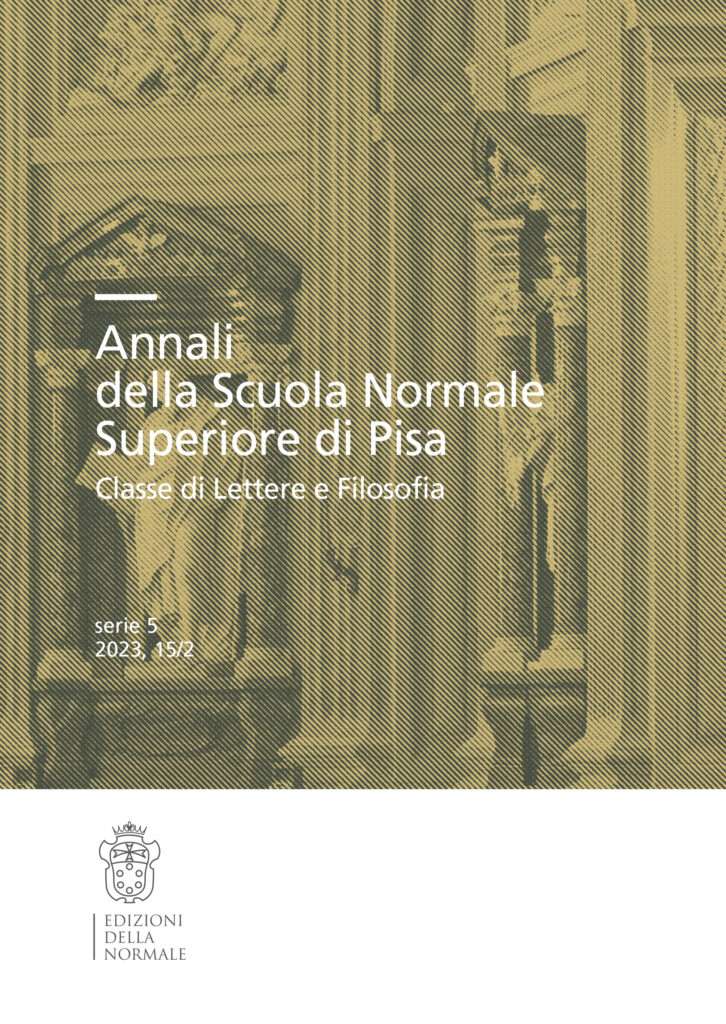
Céline Urlacher-Becht published the article ‘“Gaule” et “Italie” dans les épîtres de la fin Ve-début VIe siècle: stratégies littéraires et enjeux identitaires’ in Annali della Scuola Normale Superiore di Pisa s. 5, 15/2 (2023) 309-53. Pages 312-19 bear on Ep. 1.5.
Here goes to the open access publication.
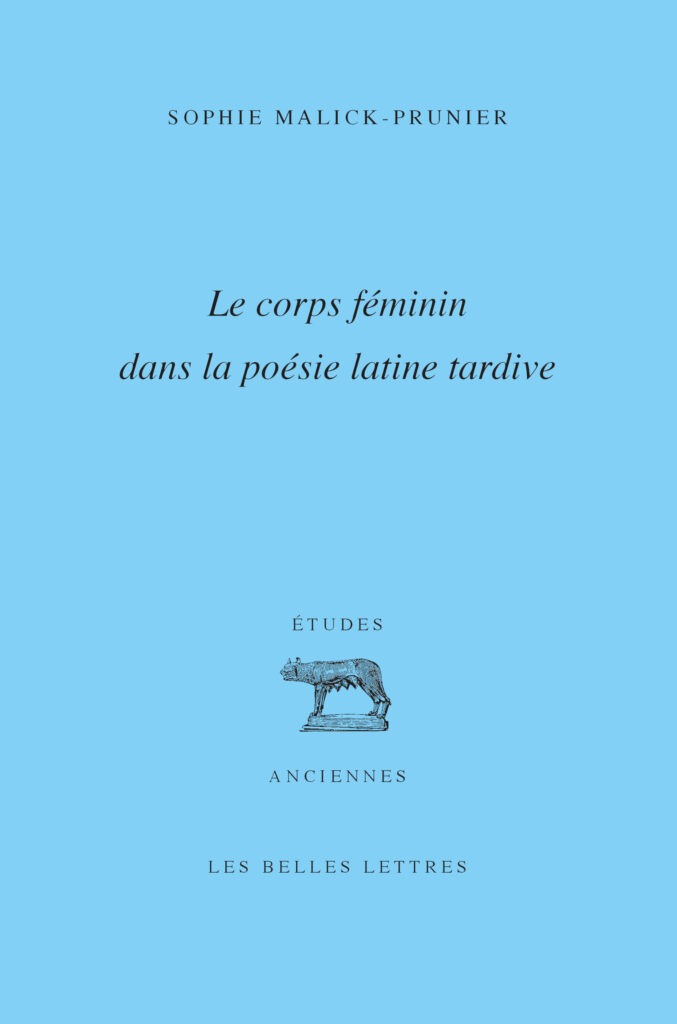
Now in open access: Sophie Malick-Prunier, Le corps féminin dans la poésie latine tardive, Paris: Les Belles Lettres, 2011. Features a chapter titled ‘Tradition et renouveau dans les épithalames de Sidoine Apollinaire’
Go to catalogue open access
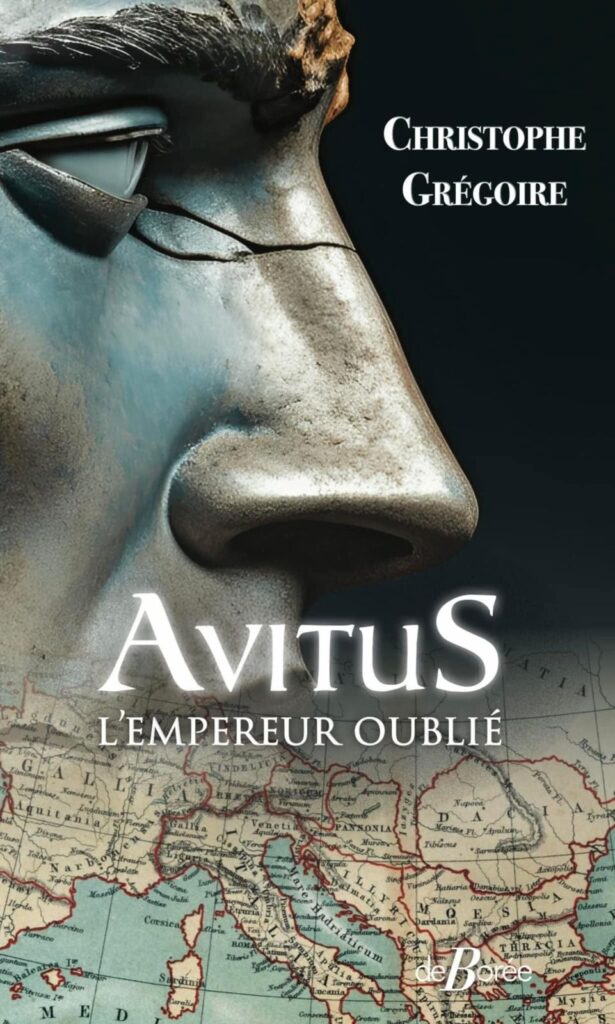
Christophe Grégoire wrote a novel about Avitus: Avitus, l’empereur oublié, Clermont-Ferrand: De Borée.
View catalogue entry